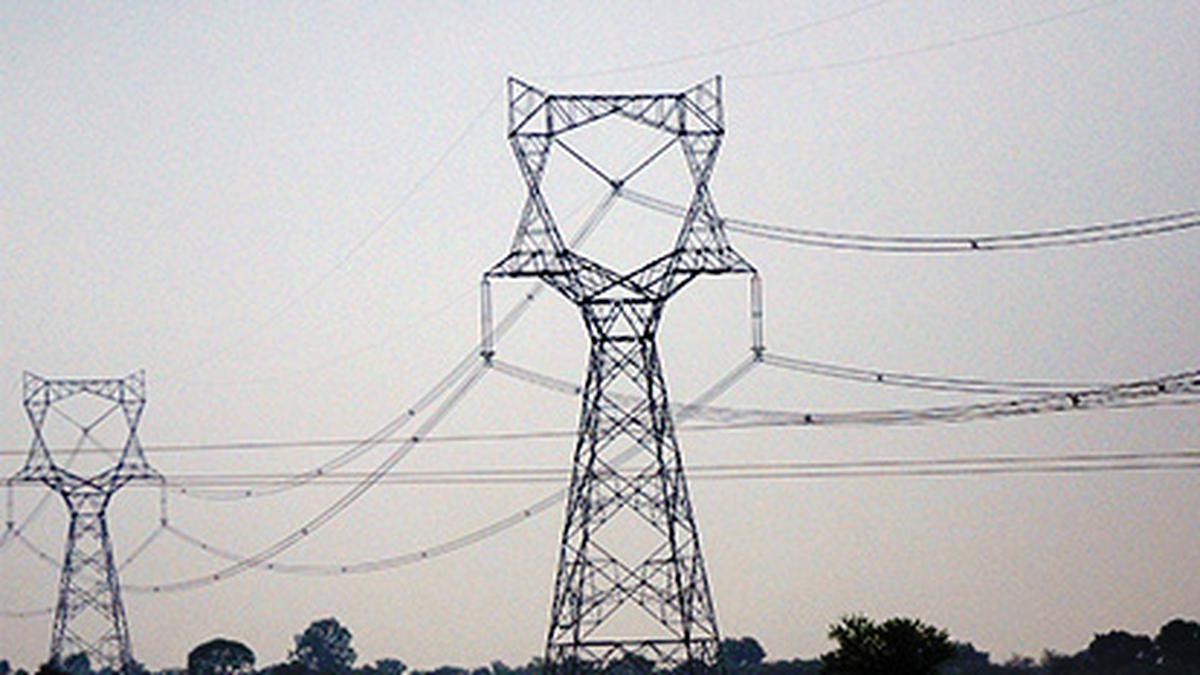
Discoms' dues down by a third to ₹93,000 cr in less than a year of enforcing Late Payment Surcharge Rule
The Hindu
With the implementation of late payment surcharge fees, the total outstanding dues of discoms has reduced by a third.
The total outstanding dues of electricity distribution utilities (discoms) has reduced by a third to around ₹93,000 crore in May, in less than year of implementing the Late Payment Surcharge (LPS) Rules in June 2022.
The burgeoning dues of discoms toward power generation (gencos) mainly and transmission (trancos) firms have been affecting the entire value chain of the sector till last year.
According to industry data, in June last year, discoms' dues were at ₹1.39 lakh crore at the time of the launch of the Late Payment Surcharge (LPS) scheme.
The total outstanding dues now stand at around ₹93,000 crore as per the portal PRAAPTI (Payment Ratification And Analysis in Power procurement for bringing Transparency in Invoicing of generators).
The PRAAPTI portal was launched in May 2018, to bring transparency in power purchase transactions between generators and discoms.
Experts believe the strict implementation of the Late Payment Surcharge (LPS) Rules can make the power sector more viable.
The Rule ensures that the outstanding discom dues are paid well in time. Besides, it has also ensured the payment of current dues in time. The scheme has played a key role to bring financial discipline among discoms.

The Union Budget unveiled on February 1, 2025, has come at a time of unprecedented global uncertainty and a flagging domestic economy. The real GDP growth is estimated at 6.4% for 2024-25 and between 6.3-6.8% for 2025-26, a far cry from >8 percent growth required annually to make India a developed nation by 2047. While much attention has been devoted to the demand stimulus through income tax cuts, not enough is said about the proposed reforms in urban development, tariff rationalisation, and regulatory simplification aimed at making Indian cities and corporates more competitive. Since the majority of economic activity is located in cities (urban areas account for ~55% of GDP) and produced by large corporates (~40% of the national output and 55% of India’s exports), the above-mentioned reforms have a pivotal role in improving India’s trend growth rate. Below we unpack each reform.












